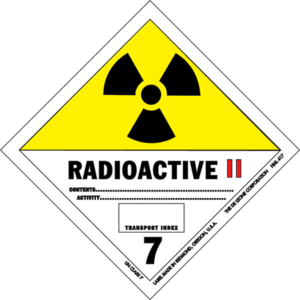This describes how to build a simple detector for x-ray and gamma sources. The primary sensor is a modified photodetector. It may be built around a photodiode, phototransistor, or photodarlington. I have not tested this detector yet. An amplifier will be needed to allow measurements to be made with the detector. Unfortunately, I have been too lazy to build and test an amplifier for this. If someone wants to build me a simple amplifier that I can attach to a sensor and allow me to make measurements with a multimeter then I will send you a free sensor.
The following describes how to build the sensor. The only special component is Zinc Sulfide (ZnS) which is not too hard to order from a chemical supplier. It is fairly safe to handle.
The idea is that ZnS will glow when hit by gamma radiation. The photodector then senses this light. There are a few problems associated with this. First is calibration. How do you make quantitative measurements with this? Second is that ZnS has a long hysteresis. It will glow long after being activated by x-rays. In theory, you could calibrate the sensor and measure the decay rate of the ZnS and compensate the output based on last exposure time and known decay rate. This would require a very intelligent detector! Another possibility would be to create an array of sensors with each sensor screened by various thicknesses of lead. The relative output of the detectors should be easier to convert into a meaningful number. At this point you might as well buy a real Geiger counter or gamma ray detector.
The sensor should still be useful for qualitative x-ray detection ("Is there any radiation around here?").
1. Start with photodetector (photodiode, phototransistor, or photodarlington)

2. Coat with transparent glue

3. Dust with zinc sulfide (ZnS). Sensor is now almost ready to go.

4. Package sensor to block outside light. For example, heat shrink tubing and black electrical tape.

THIS IDEA HAS BEEN TAKEN FROM http://www.noah.org/

![Reblog this post [with Zemanta]](http://img.zemanta.com/reblog_a.png?x-id=f6d3b245-1265-4564-8e7a-c263e0a3ad01)


h!i
ReplyDeletewhich sensor shd b taken? lyk m making this project for final year, wil it b successful?